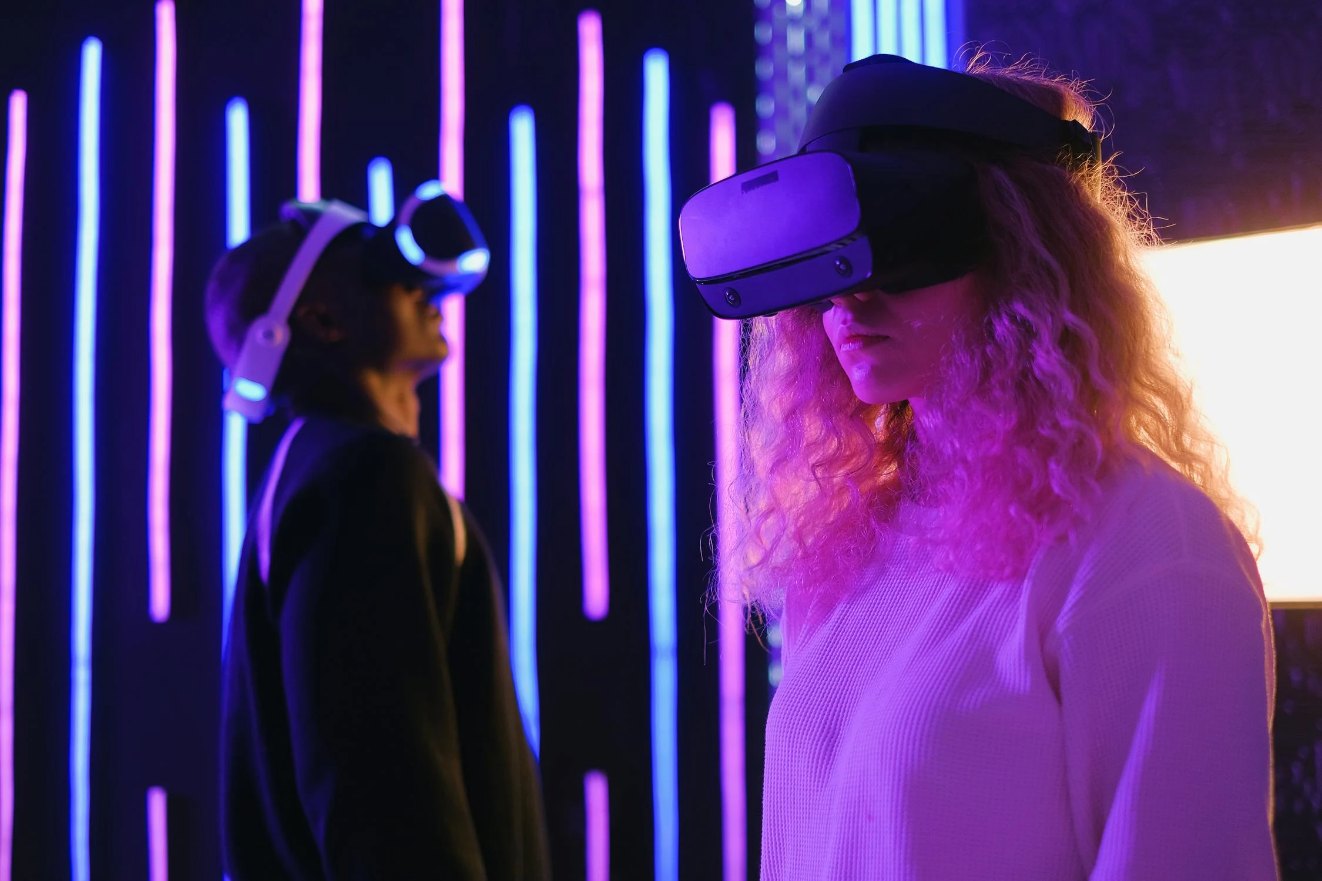Cyber-Physical Systems: Bridging Physical and Digital Worlds

6 min read
25 Oct 2025
Cyber-physical systems (CPS) represent a convergence of computational algorithms and physical components, enabling seamless integration and interaction between the digital and physical worlds. By connecting sensors, actuators, and processors with computational networks, CPS enhance efficiency, monitoring, and control across various domains, from smart cities and transportation systems to healthcare and industrial automation.
Understanding Cyber-Physical Systems
Cyber-physical systems integrate physical processes with computing and communication capabilities, creating intelligent systems that monitor, analyze, and respond to real-world events in real-time. CPS combine elements of embedded systems, control theory, and networked systems to improve performance, reliability, and adaptability in complex environments.
Applications Across Industries
CPS find applications across diverse industries. In smart cities, CPS manage infrastructure such as transportation networks and energy grids, optimizing resource usage and enhancing sustainability. In healthcare, CPS support remote patient monitoring and personalized treatment delivery through interconnected medical devices and data analytics.
Key Technologies and Components
Key technologies in CPS include sensor networks, IoT devices, cloud computing, and advanced analytics. These technologies enable real-time data collection, analysis, and decision-making, facilitating autonomous operation, predictive maintenance, and adaptive control in cyber-physical systems.
Challenges and Considerations
Implementing cyber-physical systems faces challenges such as interoperability of heterogeneous devices, cybersecurity vulnerabilities, and regulatory compliance. Addressing these challenges requires robust standards, secure communication protocols, and interdisciplinary collaboration among engineers, data scientists, and policymakers.
Future Trends and Innovations
Looking ahead, cyber-physical systems are evolving with advancements in AI, edge computing, and 5G connectivity. Future CPS will leverage AI-driven automation, edge intelligence for real-time processing, and digital twins for virtual modeling and simulation, enabling more responsive, efficient, and resilient systems.
Ethical and Societal Implications
As CPS adoption expands, ethical considerations regarding data privacy, algorithmic bias, and socio-economic impacts become increasingly important. Ensuring transparency, accountability, and inclusivity in CPS development and deployment is essential to build trust and mitigate potential risks to individuals and communities.
Conclusion
In conclusion, cyber-physical systems represent a transformative approach to integrating digital intelligence with physical environments, driving innovation, efficiency, and sustainability across industries. As CPS technology continues to advance, the potential for enhancing productivity, improving quality of life, and addressing global challenges is immense, marking a pivotal shift towards interconnected and adaptive systems that bridge the physical and digital realms.
CPS are not just a technological evolution but a foundational framework for building smarter, more responsive, and interconnected environments that enhance human capabilities and shape the future of digital transformation.

The AR Breakthrough That Will Make Blockchain Transactions Simpler Than Ever!
7 min read | 15 Nov 2025
How AI Is Making Blockchain Smarter and Safer – The Inside Scoop!
6 min read | 14 Nov 2025
The Big Tech Twist: How VR Is Set to Disrupt Blockchain Like Never Before!
5 min read | 13 Nov 2025
Unlocking the Power of AR: How Augmented Reality Is Set to Revolutionize Blockchain!
7 min read | 12 Nov 2025More Articles

Privacy Coins: Enhancing Anonymity in Digital Transactions
5 min read | 21 Sep 2025

The Impact of Blockchain on Supply Chain Transparency
5 min read | 20 Sep 2025

Cryptocurrency Regulation: Balancing Innovation and Compliance
5 min read | 19 Sep 2025

Smart Contracts in Automating Business
6 min read | 18 Sep 2025
More Articles

The Impact of Augmented Reality on Retail: Shopping in a Virtual World
6 min read | 06 Nov 2025

How AR and VR Are Revolutionizing Remote Work: Virtual Offices of the Future
5 min read | 05 Nov 2025

AR for Astronauts: Training for Space Exploration on Earth
6 min read | 04 Nov 2025

The Psychology of Presence: Why AR and VR Feel So Real
5 min read | 03 Nov 2025
